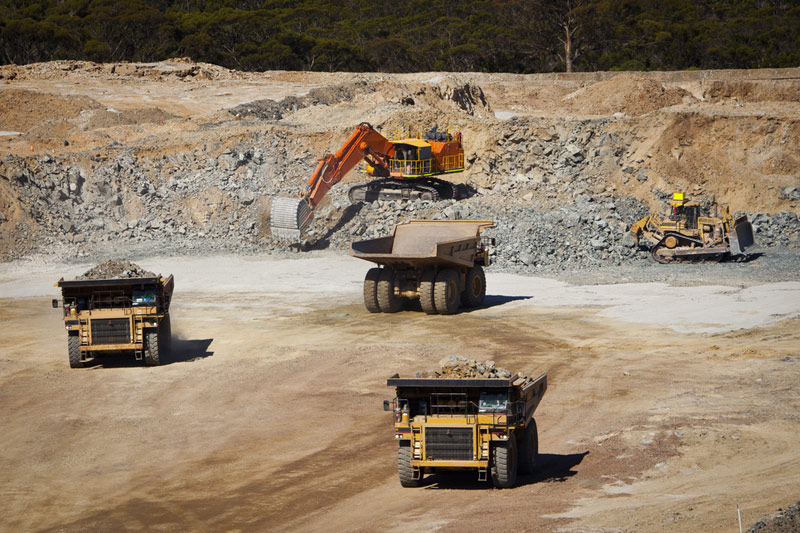Below is a bite-sized excerpt of Proactive's magnum opus on copper...
In the grand theatre of minerals, copper, with its lustrous, reddish-orange sheen, plays a leading role. It's a tale of geology, of markets, and of civilizations that have risen and fallen with the ebb and flow of this malleable metal's availability.
Copper deposits come in various forms and locales, each with its own geological fingerprint.
The most significant of these are porphyry deposits, a term that rolls off the tongue as smoothly as the molten magma from which these deposits originate.
These geological giants are formed by the cooling of magma chambers deep within the earth's crust.
Porphyry Deposits: Geological Freaks of Nature
They are the behemoths of the copper world, accounting for about 60% of the world's copper. Countries like Chile, Peru, and the United States are the Wall Streets of porphyry copper, hosting vast reserves that keep the global market humming.
Then there are the sediment-hosted stratiform deposits, which might lack the grandeur of their porphyry cousins but make up for it in their unique formation. Picture ancient seabeds, rich in organic matter, slowly compressing over millennia. These deposits, often found in the Central African Copperbelt, are like the bond traders of the copper world—less flashy than their equity counterparts but no less important.
Vein Deposits
Vein deposits, though smaller in scale, are the old souls of copper deposits. They tell tales of hot fluids coursing through rock fractures, depositing copper as they go. These veins lace through the rocks like a complex network of highways, transporting wealth into the nooks and crannies of the earth. The United States, particularly the historic mining state of Montana, has been a classic venue for these deposits, where fortunes were dug out of the rocky spine of the continent.
And let's not forget volcanogenic massive sulfide (VMS) deposits, the dramatic offspring of underwater volcanic activity. These deposits form as black smokers—underwater chimneys—spew metal-rich fluids into the ocean, where they react with the seawater and fall to the ocean floor as a sultry mix of minerals. Countries like Canada, with its famous Flin Flon deposit, have been key players in this market.
